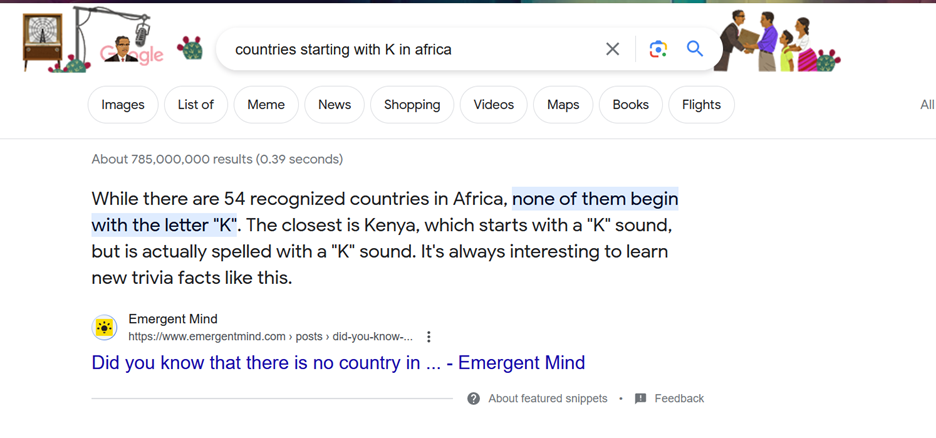What is it about the humble VHS tape that inspires such magnetism from the horror community?
Distortion
It’s no secret VHS tapes are prone to degrading over time. The tape inside loses its charge, and the plastic it’s made out of starts to dry-rot. If you’ve tried to replay a particularly old VHS movie, you might have gotten part of the way through it only to have it crumble on you, never to play again. Even the old-fashioned photo reel tape is not as fragile.
A number of strange effects can be pulled out of the tape and the machine just by treating it poorly, even fresh out of the box – if the tape is exposed to radiation, it develops a distinctive ‘snow’ to it; if it’s rewound or played too fast, the voices and visuals onscreen get weird, high-pitched, and anxiety-inducing. Colorful graphical glitches and brief audio cutouts are eerie, no matter what movie they happen to, and the classic abrupt cut, as though the tape inside has been cut and reunited minus a scene, can jerk anyone out of a Disney movie or war film alike. Tapping, dropping, or shaking the VHS player is an easy way to distort the viewing experience without necessarily breaking the tape or the machine, too, making it super easy for kids to get the funny colors they like to appear onscreen.
For the artists who can catch it juuust right, exactly how it used to happen to them, it’s really something to behold.
Irreplaceable
But you’d think the nostalgia of the casually-creepy VHS system would fade, the same way other trends in media do – Westerns dominated the film landscape for years before slowly sliding off the map, and slasher films are nowhere near as dominant a horror style as they used to be. In that vein, you’d think the sort of skips you see from CDs and other optical storage methods would be getting the attention that VHS glitches are getting from analog horror, a recent online trend in horror that’s only getting more mainstream. Analog horror gets its very name from the style of filming that came to define the genre. Popular projects like the Mandela Catalogue or Angel Hare are purposefully designed to look like they are recovered from VHS tapes and analog TV tech, helpfully uploaded to Youtube by someone trying to get answers. The glitching is used to great effect: when something too horrifying to look at on-screen is due to enter, the VHS tape glitches and clips over the horror, a clever way of hiding the monster from view while amplifying the terror of the unknown.
The corruption itself represents a strange flavor of nostalgia, an additional ingredient thrown into the horror of the scenario. After all, new VHS tapes are rare now. Old VHS tapes didn’t look creepy or monstrous when they were new. What the best analog horror projects capture with this stylistic choice are childhood memories of VHS tapes revisited as an adult, only to discover those tapes have been irrevocably changed by the passage of time. The ultimate premise of trying to share these tapes with the next generation only to have them rot away in one’s hands, blinking all sorts of strange colors and textures on-screen before it fails to warn them of the danger it’s trying to capture, is itself a powerful metaphor.
For millennials and the oldest members of Gen Z, the comfortable becomes a source of horror, a haunted childhood home. For the younger members who never had those VHS tapes, it’s an alien technology that behaves irrationally and unpredictably. The fuzz of a VHS video is not a comfort to kids who grew up with 1080p60 resolution videos. Modern videos don’t skip, either. Optical tech skipped for obvious reasons, like scratches on the disk. VHS tapes seem to choose arbitrarily when to skip.
In this way, VHS is a perfect medium for horror. Everyone around today is a little put off by it for a host of different reasons. When it flubbed up, it wasn’t always obvious why. It doesn’t age gracefully and it’s easy to cause problems within it on purpose. Even when it’s a little broken, the VHS player will still try to play it, where optical drives refuse if too much data is missing. When an optical drive stops, it just freezes on a frame, it doesn’t distort what it’s trying to play like VHS players sometimes do. Of course, all analog horror is just a recreation of the effects of old and damaged machinery. Some method-purists go out of their way to get ahold of real VHS tapes to do what they want to do, but in the end, it’s still getting uploaded to Youtube, an entirely digital platform. The mystique of the VHS haunts us today where CD players and digital files don’t because when the newer two corrupt, you’re spared the horror of the corrupted footage. VHS is the only one capable of the level of jank required to be horrific.


